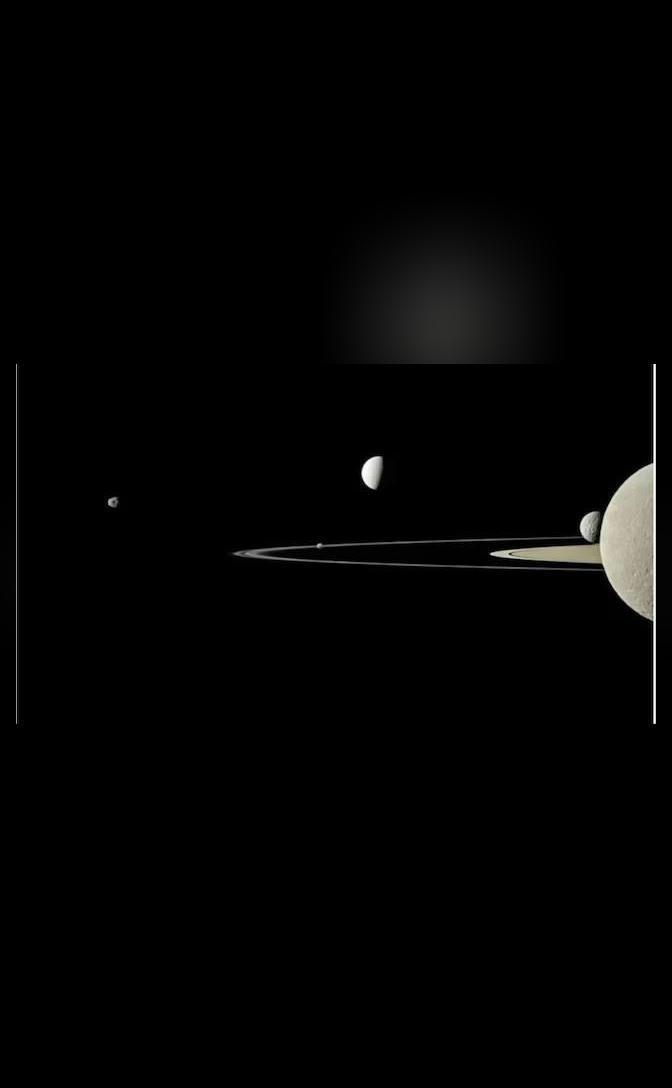
Title: 128 Potato-Shaped Moons Found on Saturn, Total Reaches 274: Report
Short Description: As many as 128 new moons, all potato-shaped and irregular, have been found orbiting Saturn, bringing the total to 274 moons on the planet, The Guardian reported. With the new moons found, Saturn now has twice as many as all other planets combined. According to the report, the new moons have been formally recognised by the International Astronomical Union.
The planet Saturn has always been a fascinating subject for astronomers and space enthusiasts alike. With its stunning ring system and diverse range of moons, Saturn has captivated the imagination of many. Recently, a significant discovery has been made in the field of astronomy, which has left the scientific community abuzz. According to a report by The Guardian, a staggering 128 new moons have been found orbiting Saturn, bringing the total number of moons to 274.
This remarkable discovery has not only shed new light on the Saturnian system but also puts the planet in a unique position. With a total of 274 moons, Saturn now has twice as many as all other planets combined. This is a testament to the planet’s extraordinary gravitational pull and its ability to attract and hold onto celestial bodies.
The new moons discovered are all potato-shaped and irregular, which is a departure from the typical spherical shape of most moons. This uniqueness adds to the fascination of the discovery, and scientists are eager to learn more about these new additions to the Saturnian system.
The discovery was made using data from the Cassini spacecraft, which orbited Saturn from 2004 to 2017. The spacecraft was equipped with advanced instruments that allowed it to gather detailed information about the planet and its moons. The new moons were discovered by analyzing the gravitational pull of the Saturnian system, which revealed the presence of these previously unknown moons.
The International Astronomical Union (IAU) has formally recognized the new moons, which is a significant milestone in the field of astronomy. The IAU is responsible for naming celestial bodies and establishing official designations for them. This recognition is a testament to the rigorous scientific process that was followed in making this discovery.
The discovery of the new moons has significant implications for our understanding of the Saturnian system. It provides valuable insights into the planet’s formation and evolution, as well as the role of gravity in shaping the system. The discovery also raises new questions about the origins of the new moons and how they came to be part of the Saturnian system.
The Cassini spacecraft was a groundbreaking mission that revolutionized our understanding of the Saturnian system. The spacecraft was launched in 1997 and spent 13 years studying the planet and its moons. During its mission, the spacecraft discovered many new features of the Saturnian system, including geysers on Enceladus and a hexagonal storm pattern at the north pole.
The Cassini mission has come to an end, but its legacy lives on. The data collected by the spacecraft has provided a wealth of information about the Saturnian system, and scientists are still analyzing the data to learn more about the planet and its moons.
In conclusion, the discovery of 128 new moons orbiting Saturn is a significant milestone in the field of astronomy. The new moons add to the planet’s unique charm and provide valuable insights into the Saturnian system. The discovery is a testament to the power of space exploration and the importance of continued research into the mysteries of our solar system.






